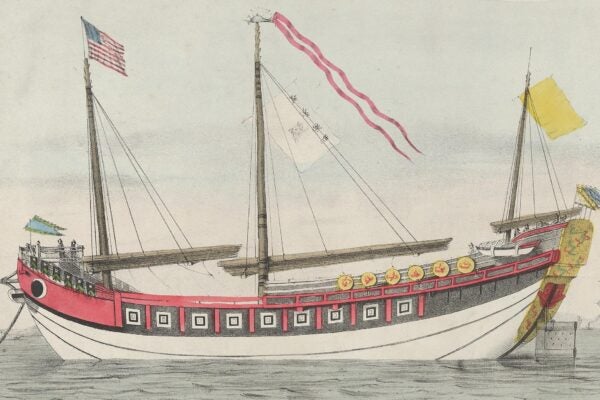Extra Credit: Our pick of stories from around the web that bridge the gap between news and scholarship. Brought to you each Tuesday from the editors of JSTOR Daily.
The complicated history of tomboys (The Atlantic)
by Elizabeth King
The “tomboy”—a wild, athletic, and boyish girl—has been around since the 1590s. But she’s changed a lot over the years, sometimes representing a white supremacist ideal of healthy future mother of the race, other times a model for a nonconformist sexual identity.
How Rumi got secularized (The New Yorker)
by Rozina Ali
Poems by the thirteenth-century poet Jalaluddin Rumi are a hallmark of a certain kind of spiritual-not-religious wedding. If it’s easy to forget that Rumi was a Muslim who drew deeply from the Koran, that’s no accident. Scholars of Islamic history explain that translators systematically stripped English versions of the poems of their specific religious content.
Kids don’t care if you overcome temptation (Aeon)
by Christina Starmans
If you really want that last piece of pizza but restrain yourself so that someone else can have it, are you morally superior to your friend who abstains because he isn’t hungry? A study finds that kids and grown-ups, like Aristotle and Kant, have different takes on what makes a choice moral.
What do Democrats do now? (Vox)
by Theda Skocpol
A renowned political scientist who has studied the Tea Party’s success in pulling the Republican Party rightward explains how the parties have embraced different strategies and how Democrats could find a more effective path.
The everyday science of static electricity (The Conversation)
by Sebastian Deffner
Dry winter months mean that a kid who’s just dragged her feet across the carpet may give you a little zap. But do you know how static electricity actually works? It’s been the subject of study for centuries, and today it’s a key to cutting-edge computer and medical technology.
Have you seen a story online that does a good job of bridging the gap between the news and scholarship? Or something that seems particularly well-researched? Let us know and we may include it in next week’s roundup. Email us at jstordaily_submissions (at) jstor (dot) org.






